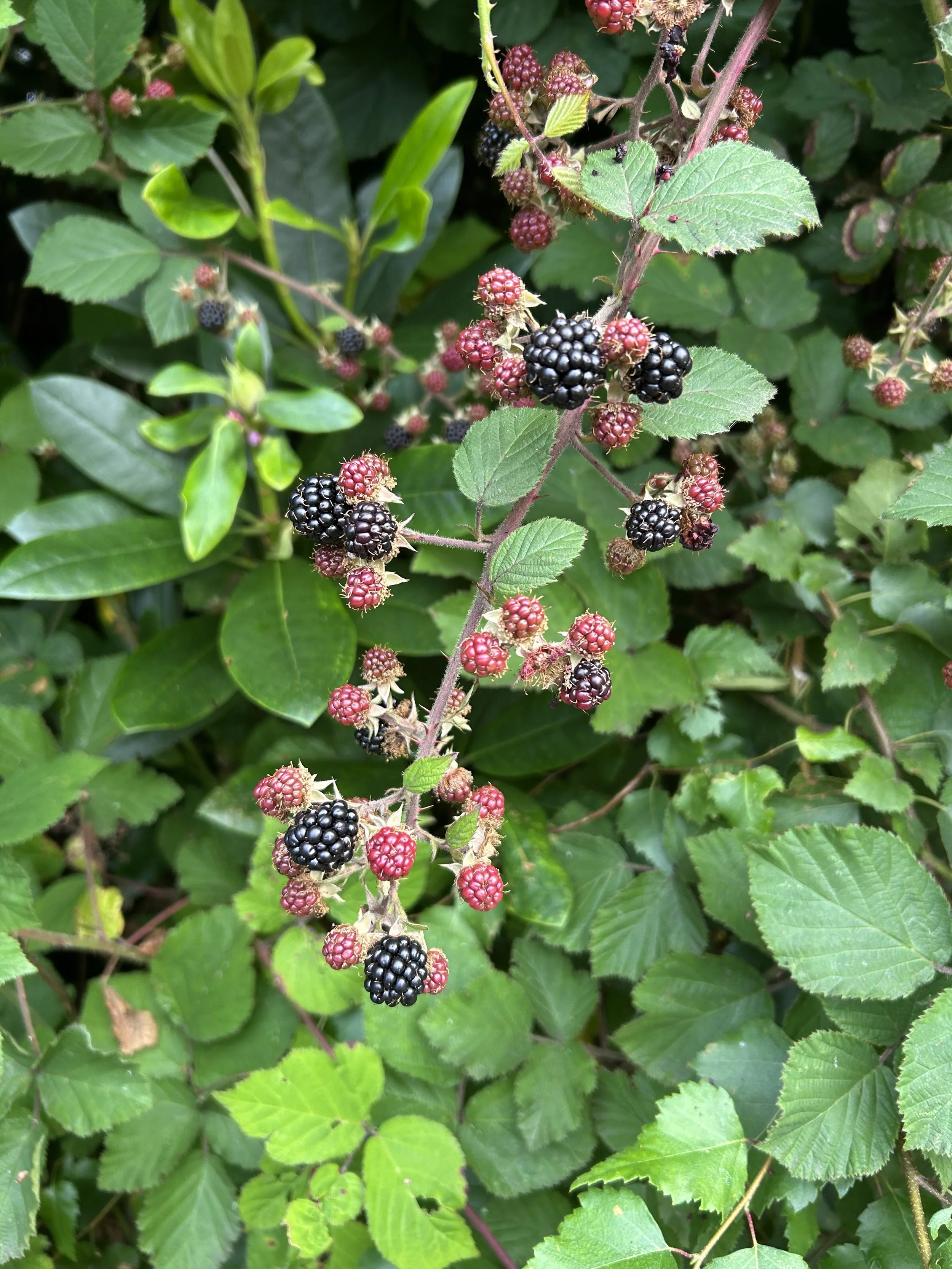Heroines of History - Flora MacDonald
Readers of my novels will not be at all surprised to learn that much of my inspiration stems from both history, and women doing amazing, brave, often unseen and undervalued things. In this monthly blog series, I’ll be looking at the stories of various women from history who I have found interesting or inspiring. You may have heard of some of these women before, but I hope you’ll discover a few whose stories are new to you.
Painting of Flora MacDonald by Allan Ramsay, Public domain, via Wikimedia Commons
With the upcoming release of Daughters of Nicnevin, I have, perhaps unsurprisingly, found myself thinking about the 1745 Jacobite uprising quite a lot. So many of the stories that come out of that time period are about the men; the Bonnie Prince and his council of lairds, Louis XV and his help, or otherwise, King George II and his son, the Duke of Cumberland. But what of the women of the time?
Several notable women took part in the events of 1745 and 1746 and I’ll be looking at a few of them during this series.
Flora MacDonald was born in 1722 on South Uist, one of the islands which make up the Outer Hebrides, into the Clan MacDonald of Clan Ranald. Flora’s father died when she was a baby and her mother later married Hugh MacDonald of Armadale, on the Isle of Skye. In the aftermath of Culloden in 1746, Hugh was a captain of the Independent Highland Company, a pro-Hanoverian regiment who were searching for Prince Charles Edward Stuart and any remaining Jacobite forces. So, when Flora met none other than Prince Charles himself, one might have expected her to hand him over to her step-father, or one of the other officers.
Flora met the Bonnie Prince while she was visiting friends on Benbecula. At first, she refused to help, concerned about the ramifications for her clan chief should she be caught, but eventually she changed her mind. She would later state that she helped the prince not from any sense of loyalty to him or his cause, but from simple charity to a person in need.
Flora had the prince disguise himself as a woman and join her party on her return to Skye, under the pretense that he was her maid, named Betty Burke. They spent the night at Kingsburgh House on Skye, then travelled the next day to Portree where they parted. There, the prince gifted Flora with a small, silver snuff box.
A silver snuffbox bearing the image of Charles Edward Stuart. Photo from the National Museum of Scotland: Collection entry | National Museums Scotland
Less than two weeks later, Flora was arrested for her part in the escape after one of the boatmen who had taken them to Skye had been captured and confessed. Flora was taken to the Tower of London, where she was held for a year before ultimately being pardoned and returning to Skye.
In 1750 Flora married Allan MacDonald, a captain in the British Army. In 1774, as the situation in the Highlands grew dire, they emigrated to North Carolina, where they were caught up in the American War of Independence. Allan fought for the British and was captured and held prisoner. Flora spent some time with him in Nova Scotia, before returning to Skye in 1780.
Flora died in 1790 at the age of 68 and was buried on Skye, with this tribute engraved on her gravestone:
Flora MacDonald. Preserver of Prince Charles Edward Stuart. Her name will be mentioned in history and if courage and fidelity be virtues, mentioned with honour.
Tribute to Flora MacDonald from Samuel Johnson




